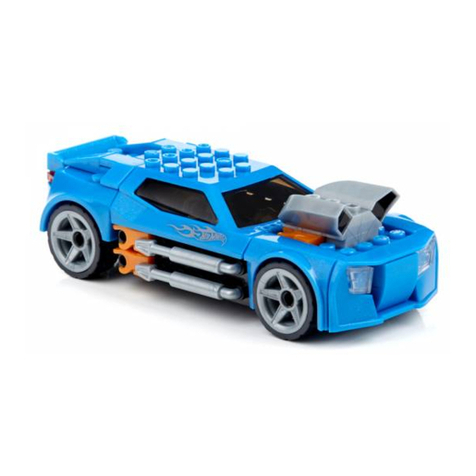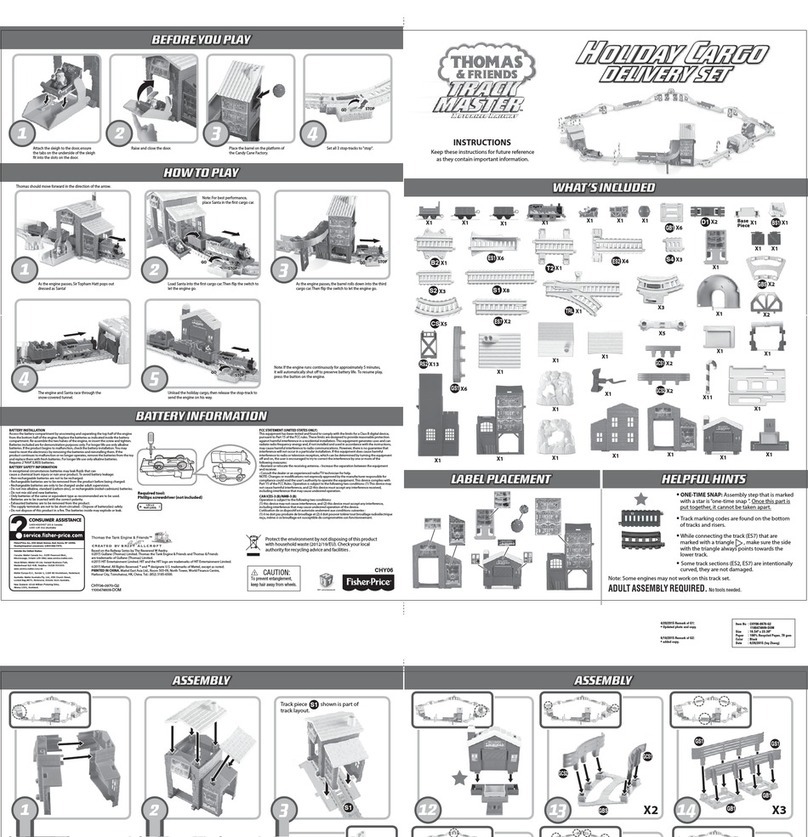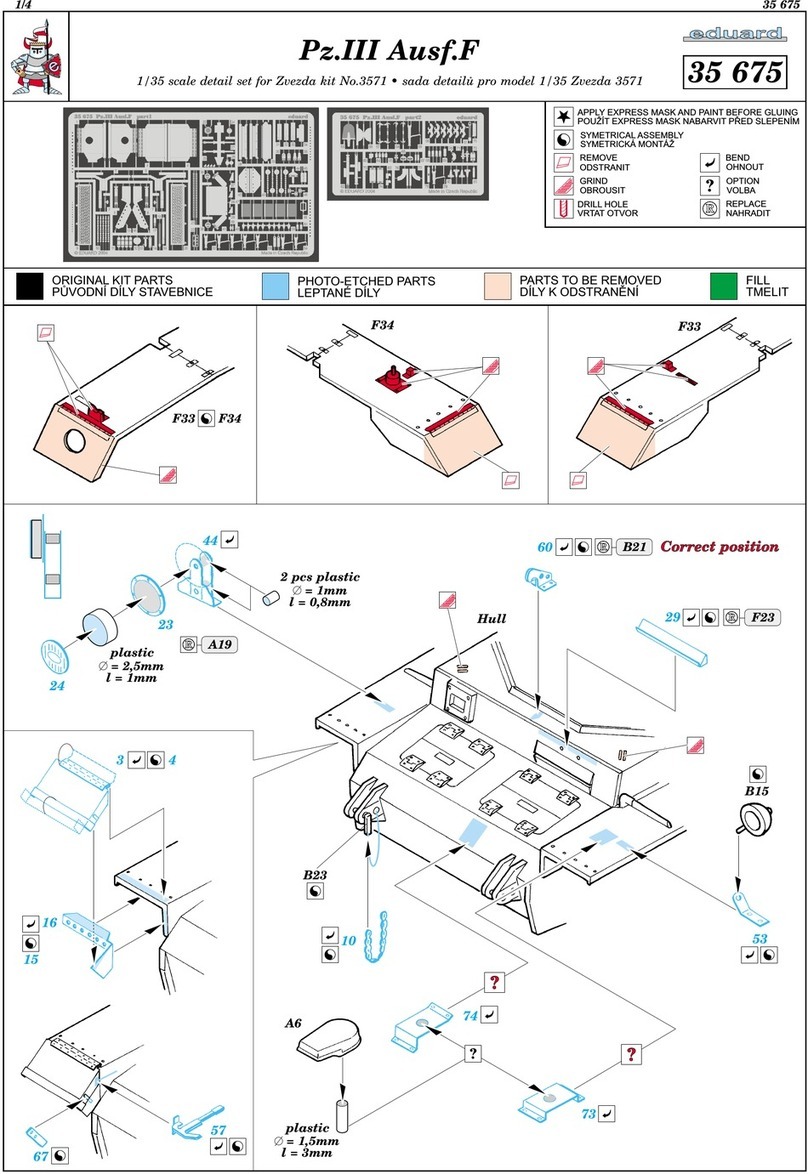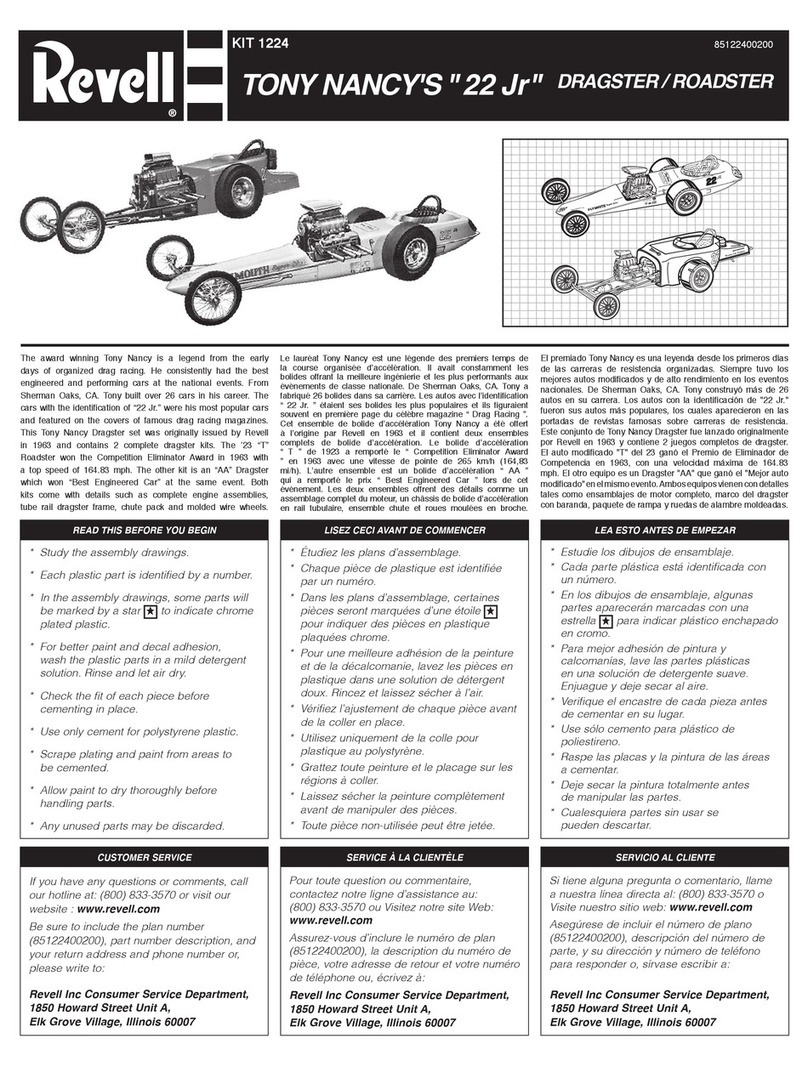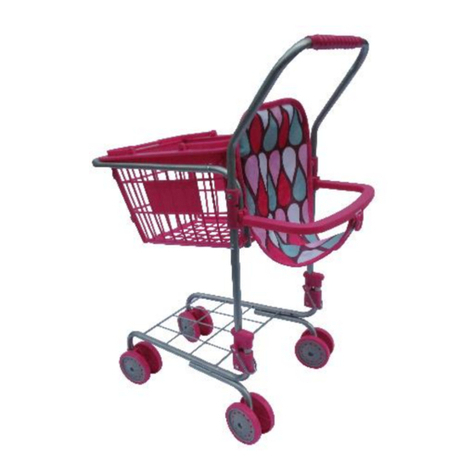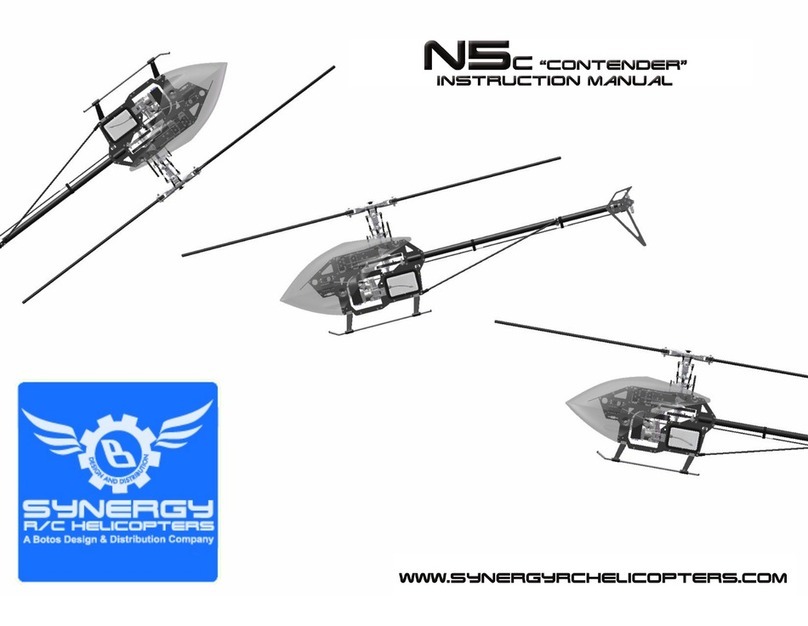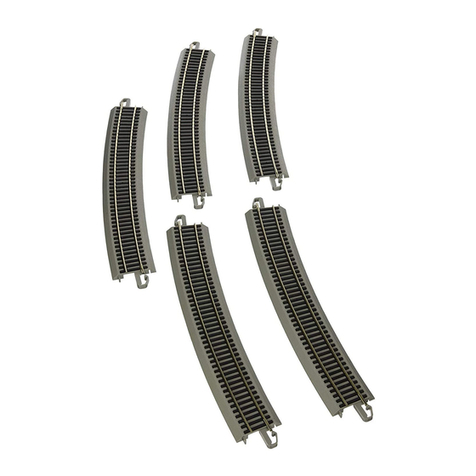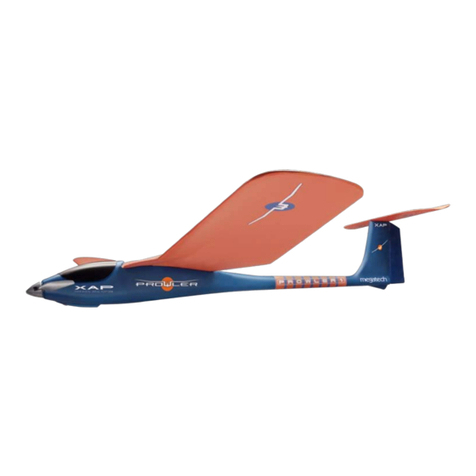AEROPLANE HEAVEN ZLIN Z50 LS User manual

Z50
You’re virtually there.
ZLIN LS
COCKPIT AND
FLYING GUIDE

is ZLIN Z50LS Cockpit and Flying
guide has been produced to make
getting acquainted with your new ZLIN,
both simpler and more fun. To this end, this
is not an “ocial” pilot’s manual and should
not be considered such.
e ZLIN Z50 is a Czech-designed
and built high-performance aerobatic aero-
plane. It rst saw the light of day in early
1976 and for those days was a remarkably
advanced piece of engineering. All-alumin-
ium with a single span Titanium spring for
landing gear, the design was light and ex-
tremely strong. Massively thick wingroots,
enormous ailerons with servo-assist and an
enormous n and rudder meant an aircra
capable of withstanding huge forces when
subjected to violent manouevres. e only
concession to tradition is the fabric covered
elevator.
Powered by Lycoming’s brilliant
AEIO-540-L185D series engine, develop-
ing 300hp, driving a three-blade Homann
constant-speed prop, the little Zlin is fast and
extremely agile yet is capable of extraordi-
nary things at very slow speeds.
In its heydays, the ZlinZ50 took out
3 World championships and 4 Europe-
an championships together with scores of
club-level competitions. It truly ruled the
skies until the advent of a new generation of
super-aerobatic aircra arrived in the shape
of the Sukhoi 26 and the Extra 300.
Today, the ZlinZ50LS is still own by
the world’s nest aerobatic pilots and club
pilots alike. One such notable pilot Ernest
“Tuckie” Artigas (Spanish Aerobatic Cham-
pion 2013) has been immensely helpful in
the development of this simulation. His
aircra is included in the livery set.
Power Plant:
One Lycoming AEIO-540-L185D 300hp
six-cylinder horizontally-opposed air-
cooled engine driving 3-blade variable
pitch propeller.
Performance:
Maximum speed: 164 kts
Cruising speed: 145 kts
Landing speed: 59 kts
Stall speed (normal): 54.5 kts
Rate of climb: 2,400 fpm
Service ceiling: 20,000ft (6,000 m)
Cruising range: 350 n/miles (640km)
(with wingtip tanks)
Safe Takeoff run: 495ft (150m)
984ft (300m)to 50ft
Safe Landing run: 1,738ft. (530m) from
50 ft.
Safe Landing roll: 984ft. (300m)
Accommodation:
Enclosed seating for 1 Pilot
G-limits: +8 , -6
ZLIN Z50 LS
LEADING PARTICULARS
(details may change depending on year
and modications. Many examples
were modied to bring them up to a
different standard.)
Wings:
Wing span: 28.15ft. (8.58m)
Wing area: 134.55ft² (12.5m²)
Fuselage:
Length: 21.7 ft.(6.62m).
Height: 6.5 ft.(1.985m)
Airfoil:
Root: NACA 0018
Tip: NACA 0012
Fuel capacity
15.85 U.S. gallons (60 liters) in one
central tank
26.4 U.S. gallons (100 litres) in two
wing-tip tanks - for ferry use ONLY

As to be expected, the cockpit of the
ZlinZ50 is uncompromisingly workman-like.
ere are precious few concessions to com-
fort or luxury. is is an aeroplane designed
for one specic job -competition aerobatics.
e instrument panel is restricted to
the basic ying instruments, engine perfor-
mance gauges and an accelerometer which
records and resets G-values as you y.
In the ferry version (with wingtip
tanks) you will nd a basic RMI to enable
basic navigation using the radios. is re-
places the G-meter.
Out on the le wingtip is an angle
marker to assist with precise angles of at-
tack in manouevres. e Zlin’s famed rate
of climb will see you executing 45 degree
climbs shortly aer takeo with the throt-
tle hard to the stop. e marker is removed
when tip-tanks are tted.
Directly ahead of you is the sight
gauge for the main 60 litre tank. In the real
aircra, this glass dome lls with fuel and
bubbles, an alarming thing for a new Zlin
pilot! You will nd that the level on this
gauge will drop alarmingly quickly as you go
through a routine so be sure to keep an eye
on it constantly.
FERRY CONFIGURATION
Shift/E+2 will remove cowling
Please note: The extra weight of fuel in
the wing-tip tanks has an adverse effect
on roll-rate and other flight preformances.
Aerobatics should NOT be attempted with
these tanks fitted!
IMPORTANT!!!
Keep a close eye on this tank gauge. Especially during
aerobatics, it will fall very rapidly. ALWAYS keep a
little in reserve to get you back down to the ground.
TIP-TANKS
You have one 50 litre fuel tank on each
wingtip. The ball in the glass sighting
gauge together with the tank marks will
give you an instant reading of the fuel
remaining.

1. MAIN FUEL TANK CONTENTS
2. AIRSPEED INDICATOR
3. CLOCK
4. GYRO COMPASS
5. TACHOMETER
6. ENGINE GAUGE
7. ALTIMETER
8. VSI
9. TURN/SLIP INDICATOR
10. MANIFOLD PRESSURE
11. CYLINDER HEAD TEMP.
12. ACCELEROMETER (G-FORCE)
13. CANOPY HANDLE
14. MIXTURE CONTROL
15. MAGNETO STARTER
16. FUEL PUMP SWITCH
17. SMOKE SWITCH
18. MASTER IGNITION SWITCH
19. NAV. RADIO
20. COMMS RADIO
21. BATTERY SWITCH
22. ALTERNATOR SWITCH
23. AVIONICS SWITCH
24. NAV1 AUDIO SWITCH
25. NAVIGATION LIGHTS SWITCH
26. CANOPY JETTISON HANDLE
27. FUEL TANK SELECTOR
THE CANOPY JETTISON HANDLE IS A
ONE-SHOT ITEM. IT DOES NOT
ACTUALLY DO ANYTHING AS YOU CAN-
NOT EJECT IN THIS SIMULATION.

28. Throttle
29. Propeller control
30. Tail trim control
31. Throttle friction adjust
TO DISPLAY THE AIRCRAFT
WITHOUT THE PILOT, CLICK
ON THIS CIRCUIT BREAKER
ON THE RIGHT SIDE OF THE
UNDER-PANEL.
YOU HAVE AN ANGLE
MARKER ON YOUR LEFT
WINGTIP. THIS AIDS WITH
PERFORMING ACCURATE
PATTERNS.

We are going to make the
assumption that you have some hours
time, ying in ight simulators like P3D.
Also, it is not our intention to teach you
how to y, real or virtual.
Right, having got the disclaimers
out fo the way, let’s have some fun.
We’ll begin by going through the
procedures for a “cold-dark” start. That
is, all switches are o and all knobs,
levers and controls are at their mini-
mums.This is the best way to get
maximum immersion from a simulation
like the Zlin Z50LS.
So, the only switch that should be
ON at this time is the “Remove/Add Pi-
lot” (RIGHT CIRCUIT BREAKER) which
should be clicked to show no pilot and
the canopy should be open.
OK rst up, board your pilot.Now,
you’ll need some power. Switch ON
the Battery Master Switch and also the
Alternator switch.Turn on the Avionics
Master Switch (23) to get power to some
of the instruments.(Not all instruments
are electric).
The real Zlin does not have a
parking brake lever as such, it uses the
brake pedals. So use the keystroke to
ensure that your parking brake is set.
Flying the Zlin Z50LS
If you are in the aerobatic version,
select the main fuel tank on the selector.
The control (27) uses left and right click.
Turn on the fuel pump (16) and check
that there is fuel pressure. After 15 sec-
onds or so turn it o again. Set your
Mixture Lever to full rich (forward) and
push the Prop Pitch Control full forward
to MAX RPM.
Switch the Master Ignition ON (18)
Now, turn the Magneto key through
RIGHT, LEFT and settle at BOTH. When
you are set, turn the key once more to
the right to START. The engine should
roar into life and gauges should show
some signs of life. Check the vitals.
Warm up the engine at around
1200 RPM and do a mag-check. You do
this by turning the Magneto switch back,
rst to LEFT, then to RIGHT, noting a
drop in RPM of no more than 50 RPM.
This indicates correct operation of the
magneto. Quickly return to BOTH and
throttle back to idle.
Time to tune your radios for NAV
and COMMS, once you have acquired
the correct frequencies.
Now, carefully check your engine
gauge for oil pressure, temperature and
fuel pressure readings and ensure they
are within recommended limits.
You are now ready to go-ready to
taxy.
Taxying in the Zlin is not dicult
but must be done with care. The motor
is extrememly powerful and you do not
need a lot of throttle.
Apply a small amount of power
and release the brakes. Small adjust-
ments using dierential braking with the
rudder is the way you steer a Zlin on the
ground. Taxy out to the hold and check
all your gauges.
With all that power under the
hood, you will be airborne in no time.
Froma standing start, a ZlinZ50LS will
get airborne in just 6 seconds!
Your takeo run, with a normal load will
only be 495ft or 985ft. to clear 50ft!
Start the run with the control stick
back, then, push the stick gently forward
to unstick the tailwheel at 50 km/h. We
are only talking seconds here, as you
get used to the aeroplane this procedure
will ow into one continuous movement
over maybe 3 seconds.
At around 110 km/h, she’ll be
wanting to lift o. Gently pull back on the
stick and lift o.Trim the tail as neces-
sary as you accelerate (quickly!) to 130
km/h.
Once above 130 km/h she’ll climb
fast at up to 2,600 ft per minute! A climb
angle of 450 is possible but watch your
airspeed until you have plenty in
reserve.
If you are ying the ferry version
with wing-tanks, you MUST balance the
fuel from each wing-tip to keep a level
ying attitude. Keep checking the sight
glasses on each tank and use the se-
lector regularly to balance the levels.
NEVER exhaust the main tank - this is
your reserve. Use the fuel in the wing-tip
tanks rst. If you still have fuel in these
tanks, switch to the fullest tank for land-
ing. If that is the central main tank, then
use that.
Landing is not dicult but allow
plenty of time to adjust your speed - you
have no aps - and a 3-pointer is
preferable. Stick right back after touch-
down and brake carefully.
We sincerely hope you get as
much pleasure from ying this beautiful
little machine as we did building her.
Copyright Aeroplane Heaven December 2020
PRE-START
PARKING BRAKE ON (use keystroke-there is no handle)
BATTERY ON
ALTERNATOR ON
THROTTLE 1/4 INCH CRACKED
PROPELLER MAXIMUM (FULL FORWARD)
FUEL SELECTOR MAIN TANK
FUEL PUMP ON - CHECK FUEL PRESSURE THEN OFF
MIXTURE FULL RICH
IGNITION MASTER ON
MAGNETOS TO BOTH
STARTING
MAGNETOS TO START
THROTTLE 1000 RPM
CHECK OIL PRESSURE MINIMUM 177 kPa
NAV LIGHTS ON
WARM-UP
THROTTLE 1000-1200 RPM (DO NOT EXCEED 2200 RPM)
OIL PRESSURE MIN - 177 kPa MAX - 686 kPa
OIL TEMPERATURE MIN - 350C
MAGNETOS CHECK (2200 RPM) LH-RH-BOTH
MAX DROP 175 RPM DIFFERENCE BETWEEN LH
AND RH MUST NOT EXCEED 50 RPM
CHECKLISTS
You’re virtually there.

IMPORTANT: ALL AIRSPEEDS QUOTED ARE km/h
PRE-TAKEOFF
PARKING BRAKE ON
ENGINE CHECK INSTRUMENTS
FUEL PUMP OFF
FUEL SELECTOR MAIN TANK
THROTTLE 1000 RPM
MIXTURE FULL RICH
PROPELLER MAX RPM
TRIM NEUTRAL
CANOPY CLOSED AND LOCKED
RADIOS TUNED AND ON
TAKEOFF
PARKING BRAKE RELEASE
THROTTLE MAX RPM
CONTROL STICK FULLBACK THEN SLIGHT FORWARD AT 50km/h
ROTATION 110 km/h
ABOVE SAFE HEIGHT ACCELERATE TO 130 km/h
TAIL TRIM AS REQUIRED FOR LEVEL FLIGHT
CHECKLISTS
CLIMB
FUEL PUMP OFF
THROTTLE FULL
MIXTURE FULL RICH TO 5,000FT. THEN EASE BACK
PROPELLER MAX RPM
TAIL TRIM AS REQUIRED
CLIMB SPEED 145 km/h
CRUISE
THROTTLE 75% ECONOMY 60%
FUEL TANKS (FERRY) BALANCE FOR LEVEL TRIM
PROPELLER (75% THROTTLE) 2450 RPM
(60% THROTTLE) 2350 RPM
MIXTURE LEAN TO ACHIEVE BEST PERFORMANCE
DESCENT
MIXTURE PROGRESSIVELY RETURN TO FULL RICH
THROTTLE REDUCE AS REQUIRED
PROPELLER MAX RPM
AIRSPEED 150 - 200 km/h
APPROACH
FUEL TANKS (FERRY) FULLEST TANK
MIXTURE FULL RICH
PROPELLER MAX RPM
AIRSPEED 140 km/h
LANDING
FUEL PUMP ON
THROTTLE TO ACHIEVE 110 km/h IAS
MIXTURE FULL RICH
PROPELLER MAX RPM
THROTTLE TO ACHIEVE 95 km/h AT TOUCH DOWN (3-POINT)
AFTER LANDING
BRAKES AS REQUIRED
THROTTLE IDLE
FUEL PUMP OFF
TAIL TRIM TAIL HEAVY (NOSE UP)
SHUT-DOWN
PARKING BRAKE ON
THROTTLE 1200 RPM FOR SHORT PERIOD
AVIONICS OFF
THROTTLE IDLE
MIXTURE CLOSED
MAGNETOS OFF
MASTER IGNITION OFF
ALL SWITCHES OFF
FUEL SELECTOR OFF

PERFORMANCE
We have included a set of factory recommended speeds to assist with getting the most out of your
aerobatics in the ZlinZ50LS. Try to maintain these when manouevring and you will not have problems.
AEROBATIC MANOUEVRES ENTRY SPEED (MINIMUM UNLESS SPECIFIED)
CLIMBING TURN 170 km/h
SPIN 110 km/h
LOOPING 170 km/h
SLOW ROLL - LEVEL FLIGHT 140 km/h
VERTICAL SLOW ROLL - UPWARD 220 km/h
VERTICAL SLOW ROLL - DOWNWARD MAXIMUM 180 km/h
IMMELMANN TURN 180 km/h
HALF-ROLL & DIVE OUT MAXIMUM 250 km/h
STALLED TURN 170 km/h
STALLING (WHIP STALL) 160 km/h
SNAP ROLL - INSIDE-LEVEL FLIGHT 140 - 190 km/h
SNAP ROLL - OUTSIDE-LEVEL FLIGHT 140 - 190 km/h
INVERTED SPIN 120 km/h
INVERTED LOOP - INVERTED FLIGHT 170 km/h
INVERTED LOOP - NORMAL FLIGHT MAXIMUM 190 km/h
Dive, chandelle,gravitationless state and knife edge ight MAXIMUM 10 seconds duration.
Inverted ight MAXIMUM 3 minutes duration.
Z50
ZLIN LS
You’re virtually there.
Table of contents
Popular Toy manuals by other brands
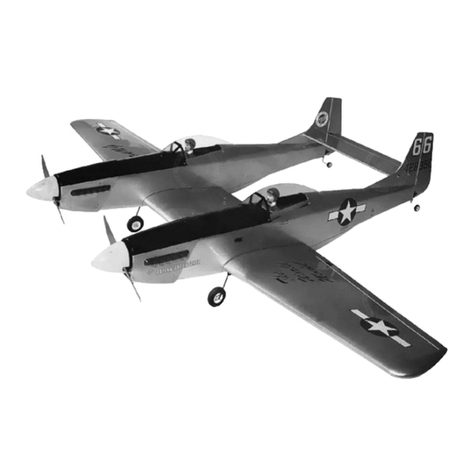
The World Models Manufacturing
The World Models Manufacturing P-82 MUSTANG-40 instruction manual
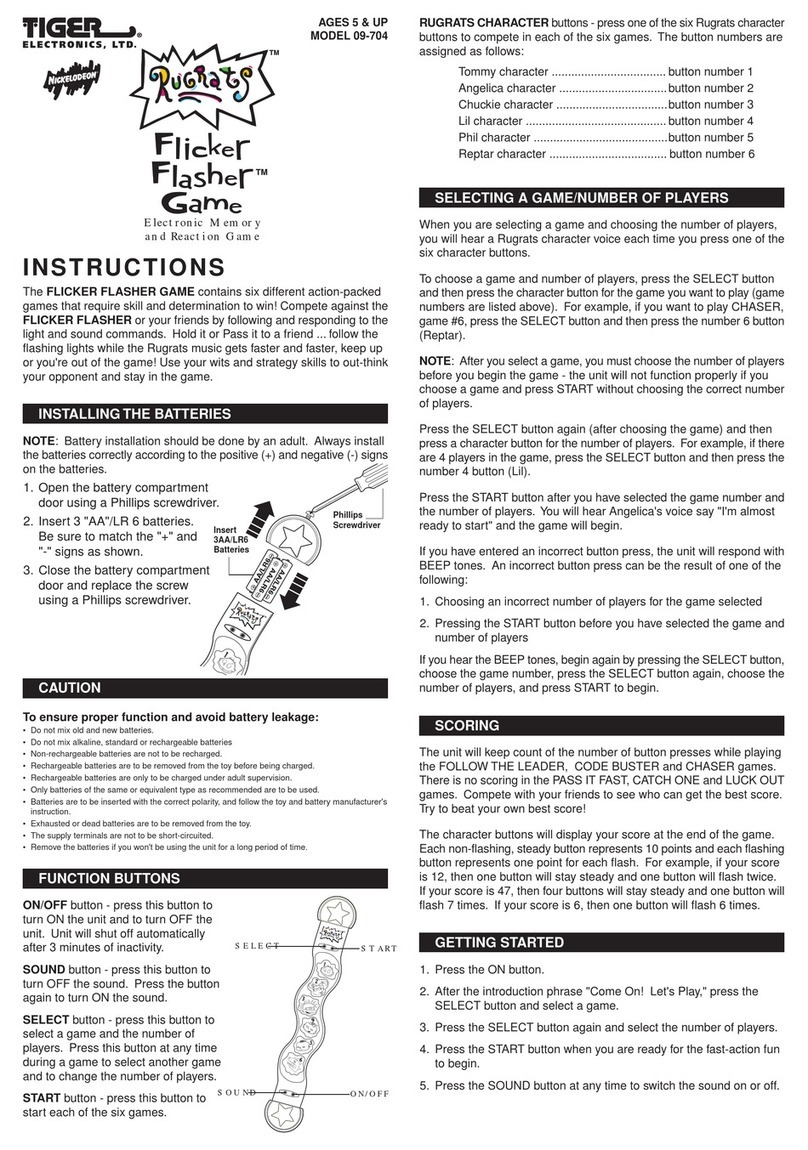
Tiger Electronics
Tiger Electronics Rugrats Flicker Flasher Game 09-704 instructions

LEGO
LEGO SCOOBY-DOO 75903 Building instructions
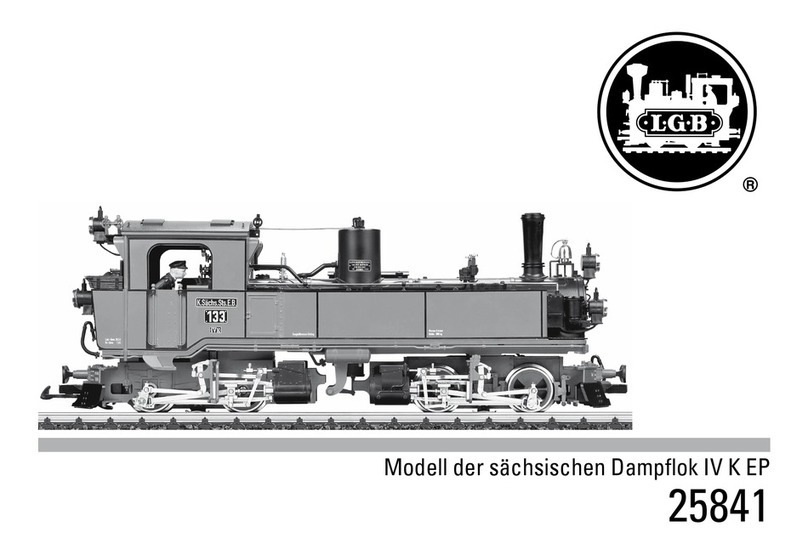
marklin
marklin 25841 manual
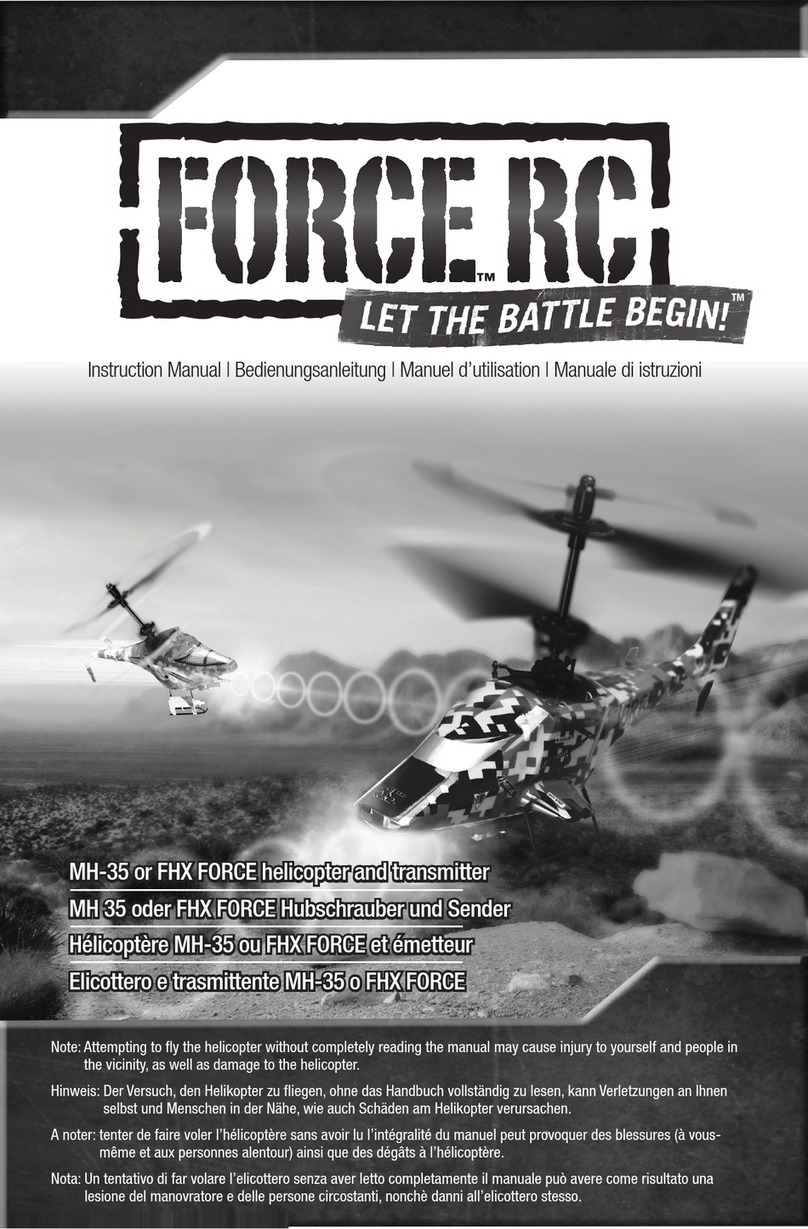
Horizon Hobby
Horizon Hobby FORCE MH-35 instruction manual
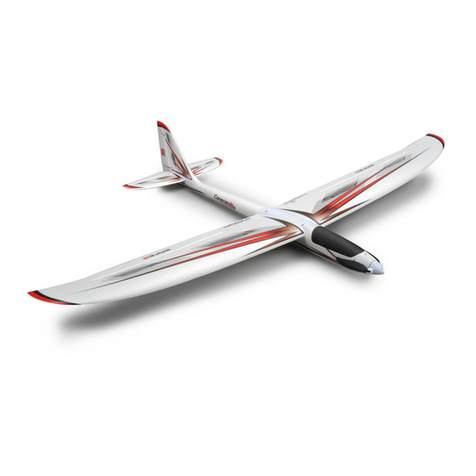
HobbyZone
HobbyZone Conscendo S instruction manual

